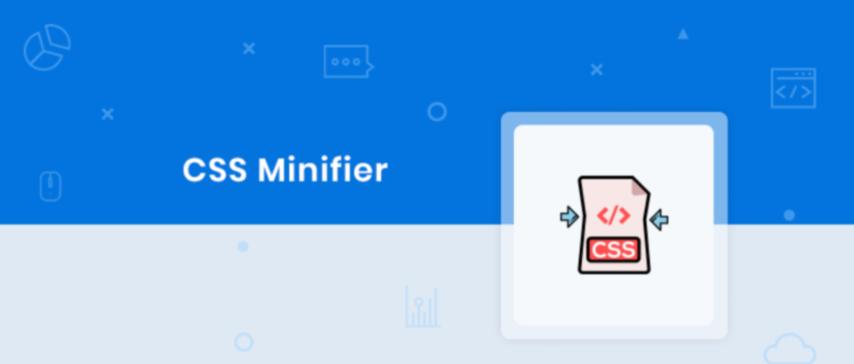
CSS Minifier: Optimize Your Website for Speed and Efficiency
Created on 5 October, 2025 • Developer Tools • 21 views • 2 minutes read
A CSS Minifier is a simple but powerful optimization tool that enhances website performance and user experience.
In the competitive online world, website performance can make or break user engagement. Every second counts, and even a small delay in loading can lead to lost visitors. One of the most effective ways to boost website speed is by reducing the size of your CSS files. This is where a CSS Minifier plays an important role. It optimizes your website’s style sheets, making them faster and more efficient without affecting their functionality or design.
What Is a CSS Minifier?
A CSS Minifier is a tool that compresses your CSS files by removing unnecessary characters such as spaces, comments, and line breaks. These elements make your code readable for developers but add no value to browsers. By eliminating them, the CSS Minifier reduces the file size, helping your website load faster.
For example, in development, your CSS file might include spaces and comments for clarity. However, in production, these are unnecessary and can slow down performance. A minified CSS file contains the same information, just in a more compact form, which improves loading times and saves bandwidth.
Why You Should Use a CSS Minifier
Faster Page Loading
When a browser loads your webpage, it downloads all associated files, including CSS. Minified CSS reduces the total data size, allowing pages to render more quickly. This provides users with a smoother browsing experience, which is crucial for retaining visitors.
Better SEO Rankings
Google considers page speed a key factor in search rankings. By using a CSS Minifier, you can reduce load times, improving your SEO score and helping your website rank higher in search engine results.
Reduced Bandwidth and Hosting Costs
Smaller file sizes mean less data transfer between your server and visitors. This can save bandwidth and reduce hosting expenses, especially for websites with heavy traffic or global audiences.
Improved User Experience
Fast-loading websites keep users happy and engaged. A few seconds of delay can frustrate visitors and lead them to leave. Minifying your CSS ensures quick access to your content and a smoother browsing experience.
How a CSS Minifier Works
A CSS Minifier scans your stylesheet and removes elements that are unnecessary for rendering the page. This includes:
- Extra spaces, tabs, and line breaks
- Comments added by developers
- Redundant semicolons and formatting
- Optional units or zero values
After minification, your CSS becomes compact and optimized. The browser can interpret it faster, leading to quicker rendering of the website’s layout and design.
You can use online tools such as CSS Minifier, CleanCSS, or Minify Code, or you can automate the process with build tools like Gulp, Webpack, or npm scripts for larger projects.
Best Practices for CSS Minification
- Keep a Readable Version – Always store an unminified version of your CSS for editing and debugging.
- Automate the Process – Use build tools or plugins to automatically minify files before deployment.
- Combine Minified CSS Files – Where possible, merge your CSS files to reduce the number of HTTP requests.
- Test After Minification – Verify that your website still displays correctly after minifying the CSS.
Conclusion
A CSS Minifier is a simple but powerful optimization tool that enhances website performance and user experience. By compressing your style sheets, you reduce load times, save bandwidth, and improve SEO results. Whether you manage a personal blog, an e-commerce store, or a business website, CSS minification is an essential step toward building a faster and more efficient online presence.
Incorporating a CSS Minifier into your development workflow ensures your site remains lightweight, responsive, and optimized for success in today’s digital landscape.